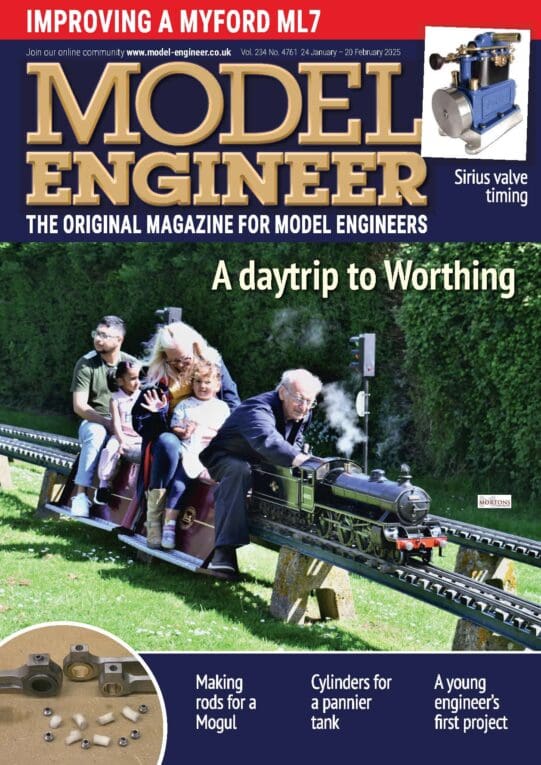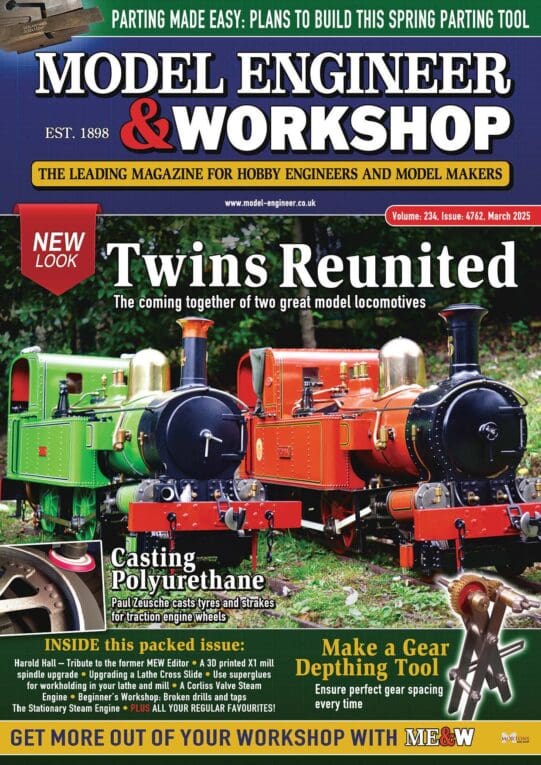The trouble with 4 facet sharpening is that its expensive, and now everyone on CNC uses specialist short spotting drills and that sort of thing. I much prefer stub drills for almost all drilling – they don’t wander.
As you say Chris – that’s where I got into 4 facet sharpening. However Harold Halls more basic jig and sharpening system would be better for most I think. The Quorn allows you to make your own reamers and spiral this and thats and spiral flute taps etc etc. But there is a lot of work and expense for facilites which most wouldn’t use. ( I built all the accessories and most remain pristine, brand new and unused from 15 years ago! Its only worth making them at the time to ensure that centre holes are all absolutely the same distance apart)
The sharpening process is pretty easy. The only problem with these things is that you need some sort of degree scale – beyond the 45-90 -45 marks – for many designs I think. They are not difficult to do, but you do need a dividing head, or perhaps a rotary table. On that note, if anyone needs a blank divided and graduated, let me know – as long as it comes on mandrel ready to mount. To pop a blank into an arbor and hold in a collet to knock out 360 divisions is no great trouble, so long as it doesn’t become a flood.
As for spending ones money on a set of Dormer or Osborn drills. Well a set of drills going up by .1mm is a good thing to have, but as model engineers do we need quality? If one has sharpening faciliites I’m not sure one does, unless one is getting into drilling very tough stuff. If I had to choose, I’d rather put my money into a good quality chuck and taper.
Geoff, I may be teaching my Granny, but if a drill jams in a brass/bronze bush, almost certainly it was too sharp and it pulled forwards. Zero rake for brass and copper and bronze if you don’t want jam ups.Sure it could have been some other problem, but probably it was used out of the box? (Yes, being properly blunt generates rubbing and overheating but some kind of coolant or RTD solves that)
Edited By meyrick griffith-jones on 11/10/2009 13:45:25
Robin Graham.






